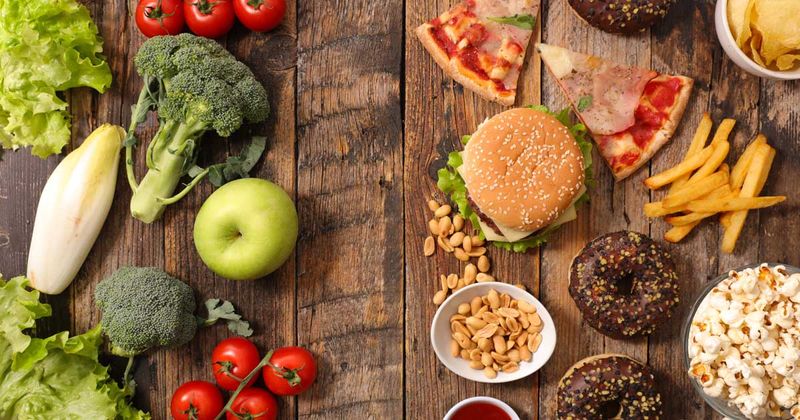Adolescents with obesity eat more calories from snacks than those with normal weight
Adolescents with overweight or obesity consume more calories during snacking and eat more snacks with added sugars, dairy, solid fats and refined grains than those with normal weight, according to a study published in Obesity.
“Findings from this study advance previous work that has shown associations of snacking frequency and size with weight status by providing new evidence that snacking intakes of overconsumed food group components, specifically added sugar, solid fats and refined grains, also vary by weight status,” Gina L. Tripicchio, PhD, MSEd, assistant professor in the department of social and behavioral sciences, Center for Obesity Research and Education, Temple University College of Public Health in Philadelphia, and colleagues wrote. “Results suggest that, in addition to increased frequency and larger size of daily snacks seen among adolescents with overweight and obesity, the types of foods consumed as snacks may have implications for weight status.”

Researchers conducted a cross-sectional analysis of 5,264 adolescents aged 12 to 19 years who participated in the National Health and Nutrition Examination Survey from 2007 to 2018 (mean age, 15.5 years; 50% female). Food consumption was collected through a 24-hour dietary recall. A second dietary recall was performed 3 to 10 days after the initial recall, with the average dietary intake between the two recalls used to construct dietary variables. Age- and sex-specific BMI percentiles were calculated using CDC growth charts. Snacks were placed into one of 10 food groups: fruits, vegetables, legumes, whole grains, refined grains, dairy, protein, oils, solid fats and added sugars. Participants falling in the 85th to 95th percentile for BMI were classified as having overweight, and those in the 95th percentile or higher were defined as having obesity.
Of the cohort, 62% had normal weight, 16% had overweight and 22% had obesity. Mean daily snacking energy intake in the cohort was 480 kcal per day. Adolescents with normal weight consumed a mean 424 kcal per day from snacks, those with overweight ate 527 kcal per day from snacks, and adolescents with obesity consumed 603 kcal per day from snacks. In pairwise analysis, adolescents with normal weight had a lower daily snack energy intake compared with those with overweight (beta = 103.2; P < .001) and obesity (beta = 178.8; P < .001). There was no difference in the mean percent of daily energy from snacks between the three groups.
During snacking, adolescents with overweight or obesity ate more refined grains, dairy, oil, solid fats and added sugars than those with normal weight. There were few differences in food groups eaten between adolescents with overweight and those with obesity.
“To our knowledge, outside of the context of broader weight management interventions, there are few studies that target the key dimensions of snacking and more comprehensive intervention efforts are warranted,” the researchers wrote. “Efforts to improve snacking by providing clear and age-specific recommendations for the types and amounts of foods and beverages that are served as snacks can encourage consumption patterns that are more consistent with national recommendations.”

